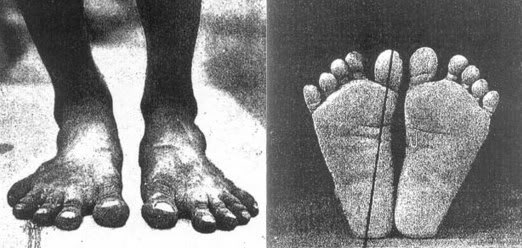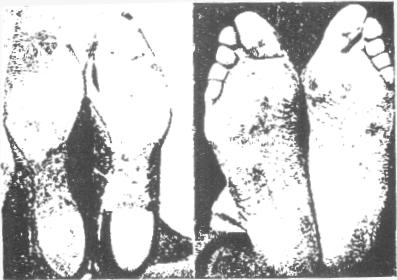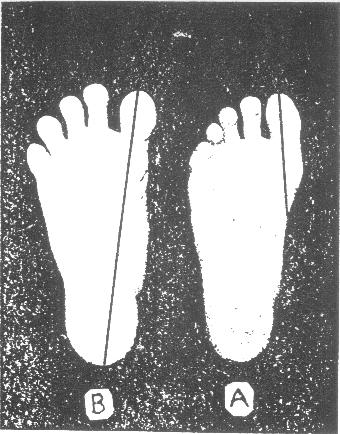Foot Cramp Relief
This video shows you a myofascial release trick to get rid of a foot cramp and prevent it from coming back. Do this frequently, especially if you wear a lot of high heels or very tight, constrictive shoes to keep foot cramps from happening again.
This exercise is great at the end of the day to relax sore, tired feet but be gentle and careful if you have a foot cramp happening while you are doing this. You don’t want to cause extra tension and cramping.



 Plantar fasciitis is a painful foot condition where the plantar fascia – a thick band of connective tissue extending from the heel to the ball of the foot – becomes inflamed due to overuse or too much tension. Plantar fasciitis causes a lot of pain to those who suffer from it, and it makes it difficult to perform normal daily activities like grocery shopping, walking and carrying purses or briefcases. Athletes who suffer from plantar fasciitis have to limit their workouts, making it difficult to stick to an effective training schedule.
Plantar fasciitis is a painful foot condition where the plantar fascia – a thick band of connective tissue extending from the heel to the ball of the foot – becomes inflamed due to overuse or too much tension. Plantar fasciitis causes a lot of pain to those who suffer from it, and it makes it difficult to perform normal daily activities like grocery shopping, walking and carrying purses or briefcases. Athletes who suffer from plantar fasciitis have to limit their workouts, making it difficult to stick to an effective training schedule.